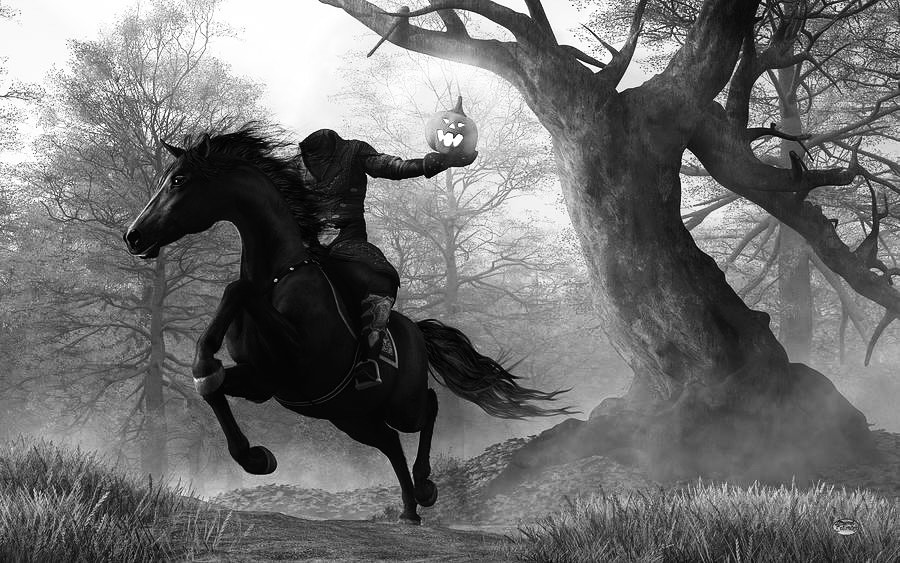Since the ancient ages, myths and legends have been unique to different cultures. The eerie nature of the unknown brings a dash of excitement into everyday life, leading to a sense of curiosity. While cryptic creatures all around the world possess distinguishing features, those of North America hold a broad variety of unique characteristics.
What could be more frightening than a man without a head? Washington Irving’s The Legend of Sleepy Hollow depicts the iconic American legend, the Headless Horseman, a character likely inspired by a Hessian soldier who lost his head to a cannonball.
While the origins of the creature could be traced back to the middle ages, Irving’s iteration fleshed out the character into the first American ghost story. Although the Headless Horseman may be a work of fiction, the village of Sleepy Hollow celebrates the legend annually through numerous Halloween attractions.
Standing more so as a myth than a legend, the West Virginia Mothman is a creature resembling a human being with the addition of overwhelmingly large wings and daunting red eyes.
While its existence is far less documented than more prominent creatures, its alleged appearance acts as an indicator of mystery rather than blatant misfortune. The Mothman is, however, said to disrupt technology within its vicinity. There is one instance of a tragic accident in which the Silver Bridge collapsed just after presumed sightings of the creature.
Although most evidence of the Mothman is dismissed through simple explanation, its presence has garnered an avid following. In fact, a museum in West Virginia was even dedicated to the myth.
The most notable critter of the States is the intensely speculated Bigfoot. While the creature’s existence is widely debated, it is by far the most recorded American myth. Primarily sighted in the Pacific Northwest, it is described as an ape-like man, covered in thick fur, and standing at roughly eight feet tall.
Despite being the most documented of any cryptic species, the majority of evidence consists of eyewitness accounts and poor quality images, leading to broad skepticism regarding the validity of such claims. However, the myth has numerous attractions across the country, including statues, museums, and hiking trails. Whether you believe in Bigfoot’s existence or find it far too unconvincing, it has cemented itself as a symbol of mystery and curiosity.
The history of American myths and legends is a fascinating example of how culture and tradition is shaped by the excitement of peculiarity. Communities join to celebrate the odd encounters of cryptic critters, forming a sense of unity in mutual uncertainty. The shared skepticism and interest allows a spice of amusement to everyday life, and its eerie nature permits a sense of mystery for all.
